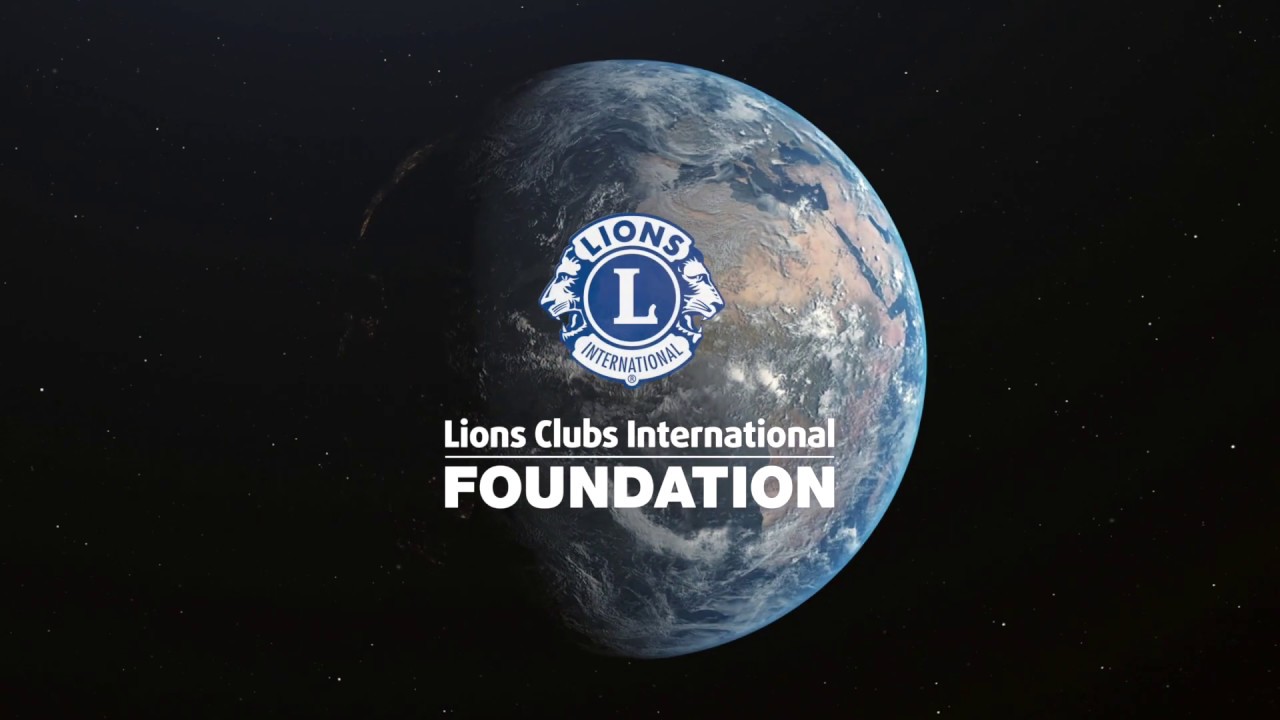After a half-century of global expansion, Lions established Lions Clubs International Foundation in 1968 as a way to amplify the power of Lion giving.
Since 1917, individual Lions clubs and districts had achieved remarkable success in providing service to people in need. But as Lions expanded around the world, a new way of funding Lion service was needed.
The solution: LCIF, which serves as Lions Clubs International’s charitable arm. The foundation supports the compassionate work of Lions worldwide, by providing grants for local and global projects that help people to see and hear better, combat measles, provide disaster relief, support youth and improve communities.
In keeping with the phrase, “Lions Helping Lions Serve the World,” the foundation allows Lions to respond collectively by channeling funds to humanitarian projects around the globe. The structure helps Lions to help others on an even larger scale than clubs can do on their own, according to Past International President Joe Preston, who served from 2014 to 2015.
It is a “logical extension of the Lions’ model,” Preston said. Just as individuals join a Lions club “because our service is more valuable when we unite with like-minded others, we support LCIF because our funds go a lot further when put into a common pool,” he said.
Because it is centralized, and big enough to collaborate with other nonprofit groups as well corporate partners, the foundation can move quickly and effectively. Major corporations cited that efficiency when they ranked LCIF as the “best nongovernmental organization to work with” in a 2007 Financial Times survey.
Among the foundation’s most prominent successes is its SightFirst program, which funds efforts to fight the major causes of preventable and reversible blindness, and provides services to persons who are blind or have a visual impairment.
As part of that global program, LCIF supports eye screenings and sight-restoring surgeries, as well as the distribution of medications to help prevent eye diseases plaguing developing nations. Since 1999, through a high-profile partnership with former U.S. President Jimmy Carter’s nonprofit organization The Carter Center, LCIF has provided more than 271 million treatments to stop the parasitic infection known as river blindness, saving the sight of millions of people.
Its humanitarian efforts also include long-term funding to fight measles, a disease that claims millions of lives yearly in developing nations. LCIF raised US$10 million for vaccinations in 2012 through its One Shot, One Life measles initiative, and in the following year it committed to raising an additional US$30 million for immunization programs by 2017.
The foundation’s capacity to provide financial help has swelled dramatically over the years, as LCIF’s widely admired disaster-relief program demonstrates. Its first grant came in 1973, when it provided a modest US$5,000 to help flooding victims in South Dakota. By 2010, when an earthquake devastated parts of Haiti, LCIF mobilized US$6 million in immediate and long-term relief efforts. And when an earthquake and tsunami struck Japan in 2011, the foundation provided US$21 million in aid.
LCIF also has programs designed to help young people by building schools and day care centers, and it helps youngsters learn critical life skills through the Lions Quest program.
While it is best known for funding large-scale humanitarian efforts, LCIF puts most of its dollars to work each year in the form of grants that help local Lions clubs improve their communities.
In Minnesota, for example, the foundation helped local Lions renovate the dormitory at a camp for people with mental and physical disabilities. And in the African nation of Burkina Faso, Lions of District 403A1 used an LCIF grant to build a new school for children in the remote town of Kyon.
International President Wing-Kun Tam, who served from 2010 to 2011, told LION Magazine that with its efficiency and broad focus, “LCIF is an incredible vehicle for Lions to serve both across borders and in their own communities.”
For more information check out LCIF's history page, complete with a timeline of major events and links to additional resources here --> LCIF History

